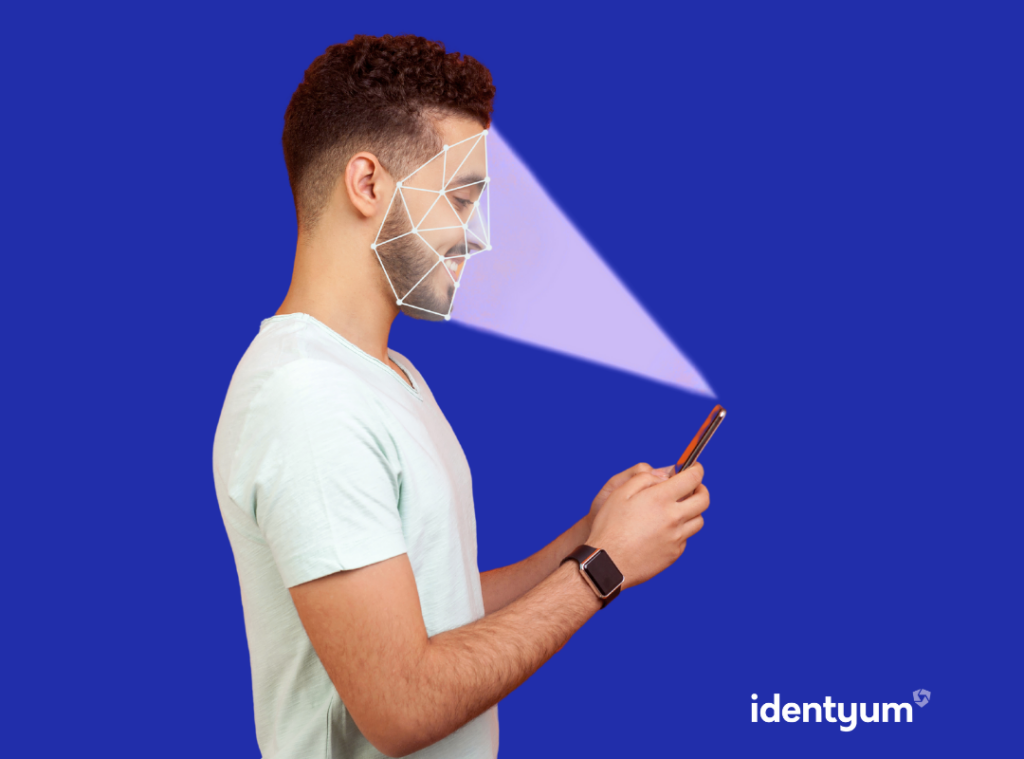Age verification is essential in specific industries, particularly those providing adult content. These providers must ensure the users are not underage and provide regulators with accurate information about the age assurance. Age verification technology is commonly used for this purpose, but should we give the technology the power to estimate someone’s age, and how?
The recent case of OnlyFans, an adult content platform, being fined 1.2 million euros for misuse of age verification technology, raised some eyebrows. Their third-party age-estimation tool was set to spot users under 20, not under 23, as they communicated with Britain’s media and telecommunications regulator. The key risk here lies in the potential for minors to access adult content.
How does age verification work?
Age verification is the process of confirming someone’s age before they use the desired service or content. If you are physically present at a product or service provider’s premises, they will check your ID card or some other document where the birth date is visible. While this “old-school” method is acceptable, it often involves unnecessary sharing of personal data. The provider only needs information if you are the right age -YES/NO.
Online age verification usually includes technology that verifies the data from the identification document. As we can see from the OnlyFans case, this was the second method used if the first one wasn’t sure. The first method used in this case was facial age estimation, in which AI estimates the user’s age based on their face. Users just have to take a selfie while AI does the rest, and they don’t even need the ID card. That sounds convenient but also risky, especially if a tech-savvy teenager is trying to game the system. But the people governed technology in this case, and the people misused it.
ID wallets and privacy-preserving age verification
ID wallets are a much-needed service to overcome the issue of asking for too much identity information and a reliable online age verification tool. They can provide the level of privacy adult content users expect while effectively preventing access for underage users.

ID wallets can contain trusted digital identity credentials obtained from ID cards or other legitimate identification documents. A reliable ID Wallet provider will require the user to undergo processes like liveness detection, face match, ID card scanning, and other needed identity-proving methods. With an ID wallet, users can verify their identity and age anonymously, only needing to share their age without disclosing any additional personal data. This way, users share their identity data in a privacy-preserving manner and ensure that only authorized individuals can access their stored documents, safeguarding their identity and personal data. Whenever a user decides to share his data with a company, the company must precisely define its needs. Users can then transparently review the data the company requested and determine if they are willing to share it with the company or not.
While age verification is evolving, services like ID Wallets offer a promising, privacy-respecting future.
Find out more about secure identity and age verification here.
